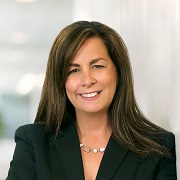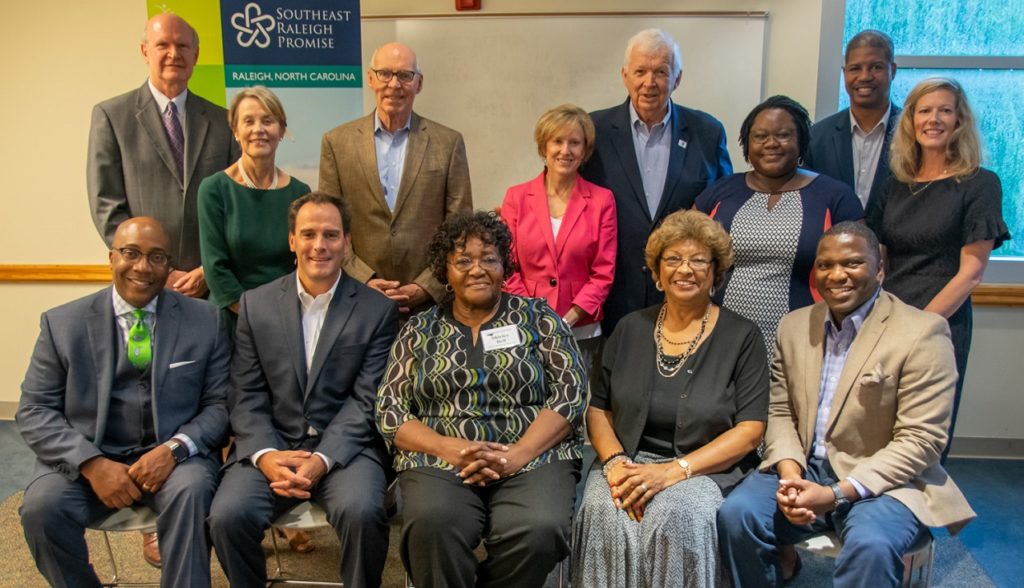 Special to the Philanthropy Journal
Special to the Philanthropy Journal
By Michelle DiSabato
This is the first in a four-part series from Blackbaud’s Impact Advisory Services on the value of impact measurement for both donors and nonprofits.
Over the past 50 years, the philanthropic sector has continued to evolve and transform. With this evolution has come the shift from traditional philanthropy to results-focused giving. Results, outcomes and measurement are a main focus of our sector today. Funders not only want to know where their money is going, but also if it’s making a difference. However, as funders we’ve traditionally based our decisions on narratives and the heart, so I often ask clients “if we are not measuring or monitoring program performance, how do we know we’re making a difference?”
The Evolution of the Giver
Fact is, we are one of the only sectors that makes business decisions based on narratives, without actually having data and results to back up that narrative. Would you invest your own personal funds in a company stock or retirement account without data showing its growth trend or understanding its business plan? Many people wouldn’t, and funders shouldn’t be expected to. There is a vital need for a shift from classic granting to investing in change and impact. In this development of results-focused giving, we have seen an evolution of the giver:
The Original Giver: Signs grants checks for a variety of causes for the satisfaction and noble act of giving itself.
The Next Generation Giver: Focuses their giving on specific program areas and grant activities. The best of them are able to tell individual anecdotal stories about their programs and grants.
The New Giver: Focuses on the impact or change their investments will make on people, places and issues. They want to know what will be different for the participants, community, or the issue because they invest in the program?
The Basics of Results-Focused Giving
Evolving into a “new giver” first requires an understanding of the results nomenclature, and the difference between outputs, outcomes, and impact.
Output: A direct result of a program’s activities, often expressed in terms of units. More than one output is necessary to produce an outcome. (Example: Number of HIV screenings performed)
Outcome: A desired change in status, condition or behavior that results from a particular set of programs or activities. More than one outcome is necessary to produce an impact. (Example: Increase in HIV early diagnosis and access to treatment plan as a result of the screenings)
Impact: A powerful or major influence or effect on individual participants, communities or sector. This level of transformative change may be either short or long term. (Example: Short-term – HIV positive patients on treatment plan confirm improved well-being and health indicators. Long-term – Decrease in HIV-related mortality rate within the community).
A program’s outputs must be relevant to the desired outcomes and impact. However, many funders only require their grantees to report on outputs without further measuring whether or not that numerical output led to any changed behavior or condition. Outcomes enable funders to truly see if the programs they are investing in are changing lives and making a difference.
Measuring Outcomes Maturity
Understanding your organization’s current outcomes capacity will enable you to determine the changes you need to make to advance its capacity for getting results. Blackbaud’s Outcomes Maturity Model (OMM) reflects the evolution of the funder. It interprets the capacity level of a funder to use results in order make grant decisions. The x-axis reflects what an organization currently does or knows about measuring results. The y-axis shows the value an organization places on outcomes measurement. The OMM spans from funders that place little to no emphasis on outcomes to those who are really sophisticated and integrate results throughout their organizational strategy. Those that fall within the Strategic or Integrated levels qualify as the “New Givers.” However, the vast majority, 55% of us, fall in the middle. This means that most of us fall in the “Next Generation Giver” category where some form of outputs are being reported, but there is a lack of comprehensive outcomes and impact reporting, and therefore understanding of the difference our investments are actually making.
Getting Started
What can you do as a funder to advance your outcomes maturity? You can start by learning where you fall on the Outcomes Maturity Model by taking the OMM Assessment. The assessment will also give you specific tips on how to get to the next level. Additionally, every organization can begin by taking these initial three steps:
- Consistent Metrics – Identify the outcomes you seek to monitor for each of your program areas. By asking for apple to apple indicators not only will you be able to compare grants across each of your program areas, you’ll also be able to roll up and determine your overall programmatic and organizational impact.
- Ask for results upfront during the application stage. – Ask for intended outcomes using your funder identified metrics and add some strategic results focused questions to your grant applications:
-
- Who they intend to impact (participant or problem overview)
- What impact they intend to have on the issue (results statement)
- How they will get there (project elements)
- When will they know they’ve succeeded (verification)
- Monitor outcome progress throughout the grant term – Don’t wait until the end of the grant term to determine if your grantee is succeeding. Make the relationship a partnership and have check-ins throughout the grant term so you can work together to course correct if necessary. Leveraging a social good technology solution can give you the ability to track your grantees progress toward making an impact and enable you to provide feedback throughout the process.
Just by identifying the outcomes to monitor, using data and results focused narratives, and most importantly partnering with your grantees to ensure maximum impact, you begin to see how you are affecting change in the people, places and issues that you invest in. These learnings may lead you to refocus your priorities. You may need to invest in your partners and the issues in different ways such as systems change or capacity building. Perhaps your learnings may even tell you that you are in fact on track to your visionary state. However, without making these changes and starting to focus on results, I once again ask you “if we are not measuring or monitoring program performance, how do we know we’re making a difference?”
Michelle DiSabato is a philanthropic impact subject matter expert with more than 20 years of experience developing, designing and implementing multi-million dollar philanthropic initiatives and programmatic social impact analyses. She heads up Blackbaud’s Impact Advisory Services helping clients make the most of their grant investments by understanding the impact they are making and how to tell their impact story using data, results and a shared language. Formerly a corporate program manager, Michelle transitioned into a strategic results consultant working with a wide range of corporate and foundation clients, helping them better align their giving strategies to achieve their missions.





